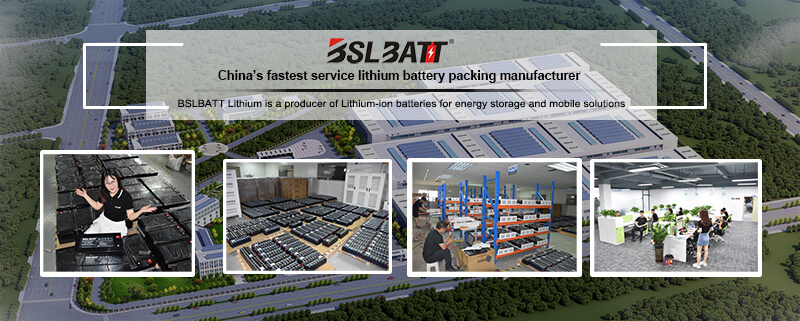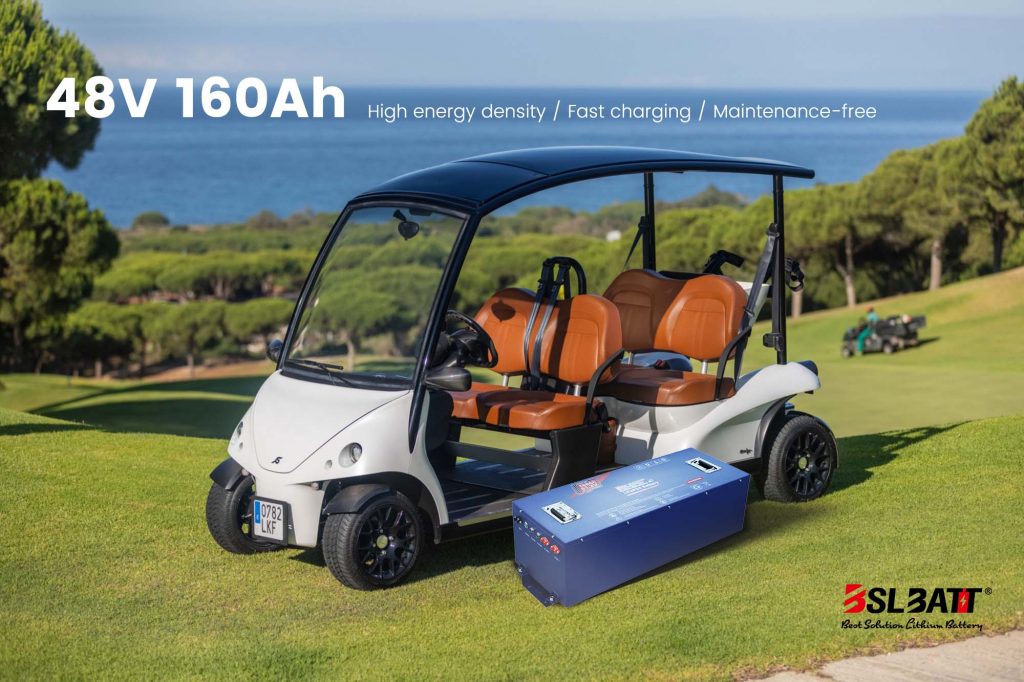Industry Application
Product Type
Why do balancing Lifepo4 Cells Matter?
| If you’re familiar with lithium batteries, you know that they are made up of cells. This concept isn’t so foreign if you consider that a sealed lead-acid (SLA) battery is also made of cells. Both battery chemistries require cell balancing, but what is cell balancing? How does cell balancing happen? How does this affect performance?
When a lithium battery pack is designed using multiple cells in series, it is very important to design the electronic features to continually balance the cell voltages. This is not only for the performance of the battery pack but also for optimal life cycles. The use of cell balancing enables us to design a battery with a larger capacity for an application because balancing allows the battery to achieve a higher state of charge (SOC). A lot of companies choose not to use cell balancing at the start of their design to reduce cost but without the investment in the cell balancing hardware and software, the design does not allow the SOC to approach 100 percent. Before the battery is built, it is important to ensure all the LiFePO4 cells are matched & incapacity rating, in voltage, and internal resistance – and they must also be balanced after manufacturing.
What Is Cell Balancing? Cell balancing is the process of equalizing the voltages and state of charge among the cells when they are at a full charge. No two cells are identical. There are always slight differences in the state of charge, self-discharge rate, capacity, impedance, and temperature characteristics. This is true even if the cells are the same model, same manufacturer, and same production lot. Manufacturers will sort cells by the similar voltage to match as close as possible, but there are still slight variations in the individual cells’ impedance, capacity, and self-discharge rate that can eventually lead to a divergence in voltage over time. Balancing LifePO4 CellsLiFePO4 battery packs ( or any lithium battery packs) have a circuit board with either a balanced circuit, protective circuit module (PCM), or battery management circuit (BMS) board that monitors the battery and its cells read this blog for more information about smart lithium circuit protection. In a battery with a balancing circuit, the circuit simply balances the voltages of the individual cells in the battery with hardware when the battery approaches 100% SOC the industry standard for lithium iron phosphate is to balance above a cell voltage of 3.6-volts. In a PCM or BMS, balance is also typically maintained by hardware, however, there are additional protections or management capabilities within the circuitry that protects the battery that goes beyond what a balanced circuit does, such as limiting the battery charge/discharge current. SLA battery packs are not monitored in the same way as lithium, so they aren’t balanced in the same way. An SLA battery is balanced by charging the battery with a slightly higher voltage than normal. Since the battery doesn’t have any internal monitoring, it will need to be monitored by an external device called a hydrometer or person to prevent thermal runaway. This is not done automatically but is usually performed in a routine maintenance schedule.
Balancing LifePO4 Cells Techniques The fundamental solution of cell balancing equalizes the voltage and state of charge among the cells when they are at a fully charged state. Cell balancing is typically categorized into two types: Passive ● Active ● Passive Cell Balancing The passive cell balancing method is somewhat simple and straightforward. Discharge the cells through a dissipative bypass route. This bypass can be either integrated or external to the integrated circuit (IC). Such an approach is favorable in low-cost system applications. The fact that 100% of the excess energy from a higher energy cell is dissipated as heat makes the passive method less preferable to use during discharge because of the obvious impact on battery run time. Active Balancing LifePO4 Cells Active cell balancing, which utilizes capacitive or inductive charge shuttling to transfer charge between battery cells, is significantly more efficient because energy is transferred to where it is needed instead of being bled off. Of course, the trade-off for this improved efficiency is the need for additional components at a higher cost. Why Proper Cell Balancing is Necessary for Battery Packs In LiFePO4 batteries, as soon as the cell with the lowest voltage hits the discharge voltage cut off designated by the BMS or PCM, it will shut down the entire battery. If the cells were unbalanced during discharge, this may mean that some cells have unused energy and that the battery isn’t truly “empty”. Likewise, if the cells aren’t balanced when charging, charging will be interrupted as soon as the cell with the highest voltage reaches the cut-off voltage, and not all the LiFePO4 cells will be fully charged, and the battery won’t be either. What’s so bad about that? To start, an unbalanced battery will have a lower capacity and a higher cut-off voltage at the battery level. Additionally, continuously charging and discharging an imbalanced battery will exacerbate this over time. The relatively linear discharge profile of LiFePO4 cells makes it increasingly important that all cells are matched and balanced – the greater the difference between the cell voltages, the lower the obtainable capacity. The theory is that balanced cells all discharge at the same rate, and therefore cut-off at the same voltage every time. This isn’t always true, so having a balancing circuit (or PCM/BMS) ensures that upon charging, the battery cells can be fully balanced to maintain the battery’s design capacity and to become fully charged. Proper maintenance is key to getting the full life span out of your lithium battery, and cell balancing is a big piece of that.
Summary Cell balancing is not only important for improving the performance and life cycles of the battery, it adds an element of safety to the battery. One of the emerging technologies for enhancing battery safety and extending battery life is advanced cell balancing. Since new cell balancing technologies track the amount of balancing needed by individual cells, the usable life of battery packs is increased, and overall battery safety is enhanced. If you have any further questions about cell balancing, lithium batteries, or anything else, please feel free to contact us. |
A Guide to Choosing the Best 48V Lithium Golf Cart Battery
Would it be worth investing in a 48V ...
10 Exciting Ways To Use Your 12V Lithium Batteries
Back in 2016 when BSLBATT first began designing what would become the first drop-in replacemen...
BSLBATT Battery Company Receives Bulk Orders from North American Customers
BSLBATT®, a China Forklift battery manufacturer specializing in the material handling indust...
Fun Find Friday: BSLBATT Battery is coming to another great LogiMAT 2022
MEET US! VETTER’S EXHIBITION YEAR 2022! LogiMAT in Stuttgart: SMART – SUSTAINABLE – SAF...
Looking for new Distributors and Dealers for BSL Lithium Batteries
BSLBATT battery is a fast-paced, high-growth (200% YoY ) hi-tech company that is leading the a...
BSLBATT to Participate at MODEX 2022 on March 28-31 in Atlanta, GA
BSLBATT is one of the largest developers, manufacturers, and integrators of lithium-ion batter...
What makes the BSLBATT the Superior Lithium Battery for your Motive Power needs?
Electric forklift and Floor Cleaning Machines owners who seek the ultimate performance will fi...
































